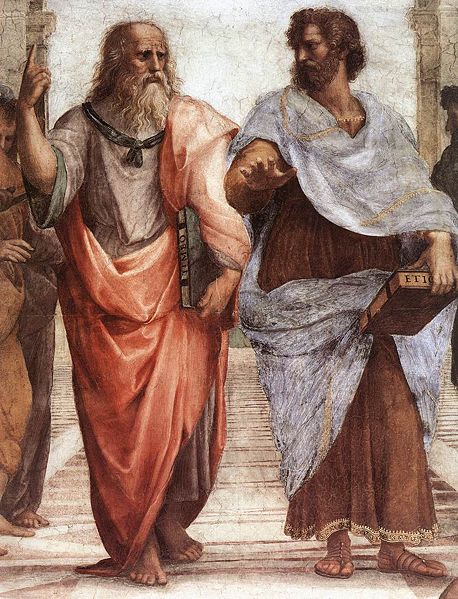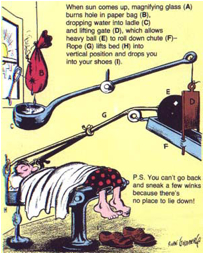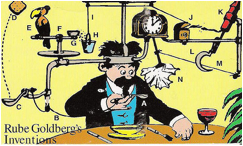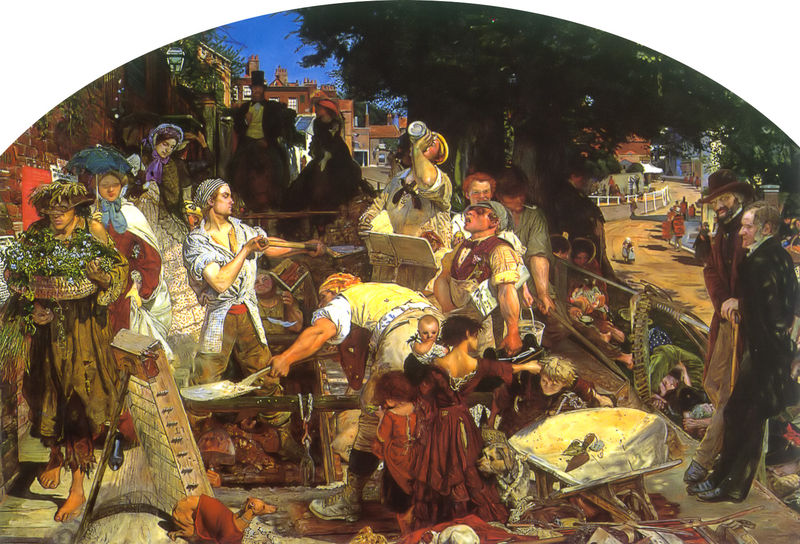From “Wonderful World”
Lou Adler, Herb Alpert, and Sam Cooke
Performed by Sam Cooke
Starting Over

Students in classroom at
Holton Arms School by Theodor Horydczak,
http://frontiers.loc.gov/learn/collections/hor/langarts.html
There is something exciting about the beginning of another school year. There is optimism that the goals of the year will be met and an enthusiasm for the literature that will be covered. I know that as the year progresses students are likely to start complaining that the books we read are boring, the assignments are too hard and too confusing, and that the tools needed to complete the assignments (computers, pencils, paper, etc.) are too hard to come by. But that will all happen later and who knows, this year may not happen at all. There is always the hope that the students will be as excited as I am.
The picture of a classroom from the 1920’s gives rise to the speculation that, aside from dress codes, things have not changed very much; desks in rows with students bent over papers on their desk tops and writing furiously. There are pictures on the walls, though not too many, and some of them are framed. A bit more formal in their arrangement than on my walls, and the wall themselves a bit more sparsely populated. But the classrooms look remarkably alike.
Hopefully, the content of the course and its presentation will be a bit more innovative and 21st century. To what extent does the form the classroom takes dictate the way the class and its content are received. Does a classroom that looks early 20th century invite an early 20th century reaction to the course itself? How does a teacher break out of this pattern when the room is small, the class is somewhat large, and everyone needs to sit somewhere? When I taught in Los Angeles I had a classroom with tables arranged in a rectangle and 30 chairs arranged neatly around the tables. This created a seminar appearance to the class that impacted on the students’ response to the class. But where I teach now there are no tables, at least none that can be spared.
Still, the new year is full of optimism. There are new toys to play with this year in the classroom. There are wikis to be fed, Flikr images to be commented on, VoiceThreads and podcasts that will perhaps provoke some curiosity and enthusiasm. My greatest hope, though, is that curiosity will be provoked, that students will wonder about things.
Educated Fish, 1937
Fleischer Studios
http://www.archive.org/details/EducatedFish-1937
The film clip illustrates one attitude towards education. The troublesome fish in the class cannot be made to take the day’s lesson seriously until he has an encounter with the object of the day’s lesson. I suppose that practicality is always an issue. Some students cannot get excited about learning some things until they understand exactly how the content of the class is going to impact on their future lives. The young fish saw no point to the lesson and his interest could not be captured. Most students will not have their encounter with the worm and the hook until after they leave the classroom.
Some things train the mind to be flexible, to solve problems, even if the problems they are given to solve in school are not the same problems they will encounter in the world. Their purpose is not to replicate “the world as it is,” necessarily, but to teach students to think creatively and abstractly. As a teacher I cannot anticipate every problem my students will encounter, I can only give them the tools they need to confront the difficult problems of every stripe that will eventually arise.
Still, some students are just excited about learning new stuff. Not all that are excited are excited about learning new “English” stuff, but they are excited about learning something. Some are mathematicians, some are scientists, and some are historians. But there are also some aspiring literary critics in the mix. The secret of the art of teaching is, I suppose, figuring out how to tap into that enthusiasm for learning, especially into the enthusiasm of those that are enthusiastic about learning non-academic things.
What about the content of a class? Is it really necessary to cover difficult texts? Is it enough that students read? Many think the reading and interpreting of texts is enough in itself. The issue is not the difficulty of the text but the interpretive skill the student brings to the text. I remember a student in a Literary Theory class I took once commenting on the critic Roland Barthes. He enjoyed Barthes critical approach to a text and the interesting things he did with interpretation. He added, though, that it was perhaps unfortunate that he focused on “second rate” texts like James Bond novels. For Barthes the quality of the text was not of primary importance.
In fact Bathes believed that it was the reader and not the writer that brought a text to life. A writer strings together a series of words and readers create a story from these “raw materials”. Whatever quality or artistry that exists in the text exists because the reader put it there. From this perspective, I suppose, there is no such thing as a “second rate” text. I like this idea to a point, but I also think that Shakespeare has more to do with the artistry found in Hamlet than I do. But if there is artistry in the text, my imagination must also bring that artistry to life, and perhaps this is the problem.
How do we train students to read “artistically”? Can the imagination be trained or is that something that each individual must do for her or himself? I think that guiding students through difficult texts trains the imagination, but of course, only if the mind of the student is willing to be trained. But then, what is the student’s role in this process? What if the student does not want her or his mind “trained” or at least not trained in the manner I am proposing to train it? Is some resistance to this process on the part of the student a good thing that indicates the student’s involvement in the process?
Most students when asked to comment on the situations, actions of characters, and the values the text seems to advocate, among other things, are very creative. They obviously understand the concepts behind great literature and the issues with which the literature grapples. They also seem to enjoy wrestling with the problems the texts raise; they are just a bit standoffish towards the texts themselves.
I think, maybe, this is how it is supposed to be. In high school students are exposed to some of the literature that has stood the “test of time”. Their language skills are often a bit behind their cognitive skills, that is, students often have the ability to understand and effectively debate complex issues and ideas. They are often sensitive to subtlety and nuance. It is the words that get in the way. Still, it is the words they need to learn, if only to give them the tools they need to articulate the true depth of their thought. As a teacher I need to be patient as students wrestle with words and build vocabulary.
On the whole there is good cause to be excited as schools “start over” and once again run their races through the curriculum. The curious and the indifferent will all make their way to class. Though I do not believe in the indifferent student. I think indifference or what is often called “laziness” masks other things, they are symptoms and not a diagnosis. The trick is finding the cause of the symptom and treating that. This is the challenge of teaching and what makes the profession exciting. I suppose if a doctor never saw a patient in need of a challenging diagnosis the practice of medicine would become a bit boring and mundane (isn’t this the premise behind House). The same is probably true for any profession. For those that do what they do because they need a place to hang out until retirement the challenges are a nuisance. For others the new year presents an opportunity to diagnose some interesting cases and to prescribe interesting, if unorthodox, courses of treatment.






